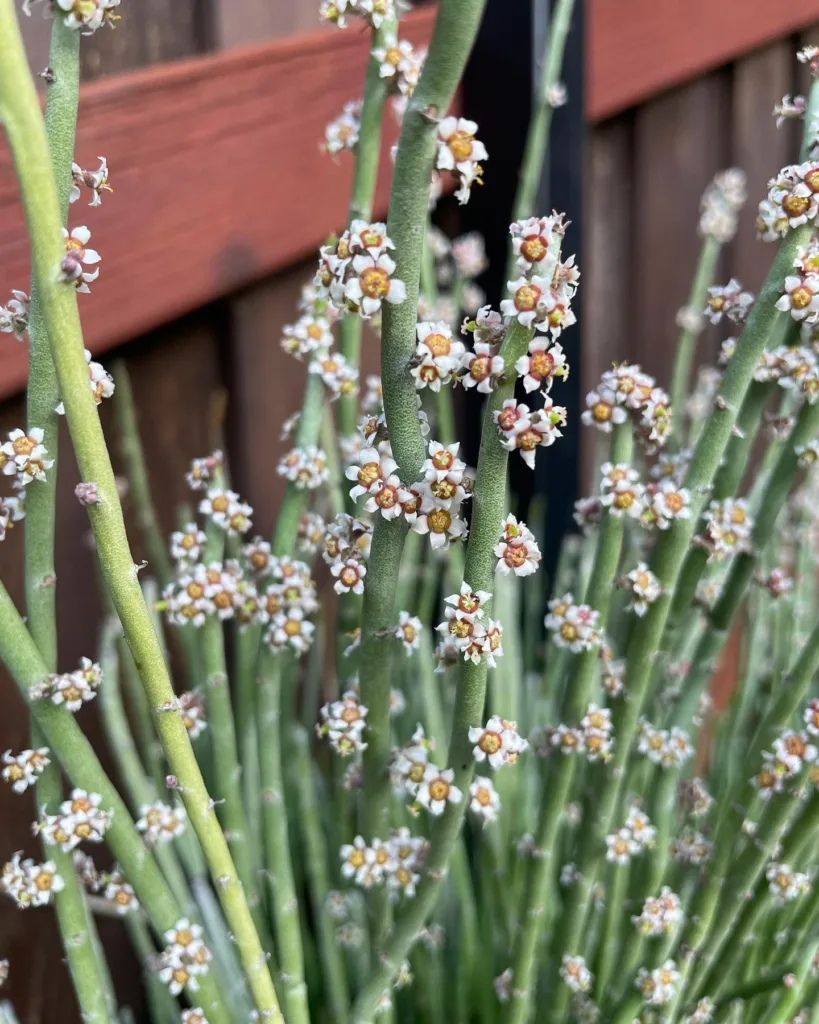The Allure of Dais: A Personal Exploration
As a botanist, I’ve always been fascinated by the sheer diversity of the plant kingdom. From towering redwoods to delicate orchids, each species holds its own unique charm. Lately, I’ve found myself particularly drawn to the Dais genus, a group of flowering plants belonging to the Thymelaeaceae family.
What captivates me most about Dais is the elegant simplicity of its blooms. The flowers, often clustered in spherical heads, possess a delicate beauty that belies their hardiness. Native to regions spanning from Tanzania to South Africa, Dais species have adapted to thrive in diverse environments, showcasing their resilience and adaptability.
Unveiling the Diversity within Dais
The Dais genus, while not as extensive as some, boasts a respectable number of species, each with its own distinct characteristics. Here are:
- Dais cotinifolia: Commonly known as the Pompon tree or African Button flower, Dais cotinifolia is a small, deciduous tree native to southern Africa. It’s known for its striking spherical clusters of pink flowers that resemble pom-poms, blooming in early summer and creating a vibrant visual display. The foliage consists of smooth, oval leaves that turn a pleasing green-gray color, adding subtle elegance when the tree is not in bloom. Often used in garden landscapes, Dais cotinifolia is relatively low-maintenance, tolerating drought once established and thriving in full sun to partial shade. Its compact size and decorative blooms make it a popular choice for ornamental gardens and urban spaces.
- Dais glaucescens: Dais glaucescens is a lesser-known species closely related to Dais cotinifolia and also hails from South Africa. It stands out with its attractive grayish-green, or “glaucous,” foliage, which gives the plant a unique, almost silvery appearance in the landscape. Although less showy than Dais cotinifolia in terms of blooms, Dais glaucescens still produces clusters of pale flowers that add delicate beauty during the flowering season. It is adaptable to various soil types and is drought-tolerant, making it suitable for xeriscaping or low-water gardens. Its subtle charm and resilience to dry conditions make Dais glaucescens an excellent choice for gardens that favor more natural, subdued aesthetics.
Delving Deeper into Dais cotinifolia
Among the Dais species, Dais cotinifolia holds a special place in my heart. Perhaps it’s the common name, “Pompom Tree,” that evokes a sense of whimsy, or maybe it’s the sheer abundance of its blossoms that creates such a visual spectacle.
The Pompom Tree is a small to medium-sized deciduous tree, typically reaching heights of 10 to 25 feet. Its leaves, a vibrant green, provide a contrasting backdrop for the pompom-like flower clusters that emerge in profusion during the blooming season. These spherical inflorescences, composed of numerous tiny flowers, create a stunning display that attracts pollinators like bees and butterflies.
Beyond its ornamental value, Dais cotinifolia has also been recognized for its medicinal properties. Traditional healers have used various parts of the plant to treat ailments like coughs, colds, and even skin conditions. This adds another layer of intrigue to this already fascinating species.
The Importance of Preservation
As with many plant species around the world, certain members of the Dais genus face threats due to habitat loss and other environmental challenges. It’s crucial that we recognize the importance of conserving these botanical treasures. By protecting their natural habitats and promoting sustainable practices, we can ensure that future generations can also marvel at the beauty of Dais.
My exploration of the Dais genus has been a journey of discovery and appreciation. It’s a reminder of the intricate beauty that exists within the natural world and the importance of preserving it. I hope this article inspires others to learn more about this captivating genus and to join in the effort to protect these botanical wonders.
If i die, water my plants!



